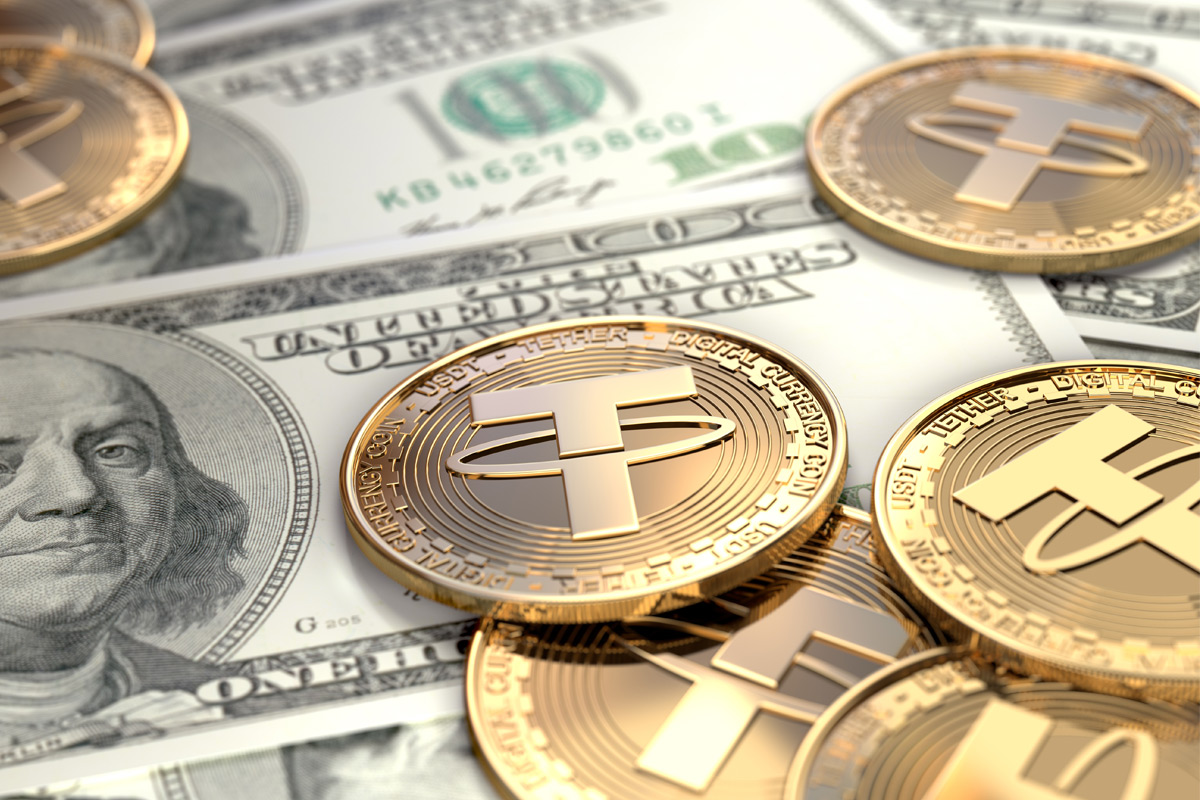Stablecoins offer potential for excluded populations in emerging economies, populations under threat and humanitarian settings, according to Jane Thomason, co-founder of British Blockchain and Frontier Tech Association.
With currencies around the world nose diving, the coronavirus pandemic has exposed the urgent need for low cost, direct digital transfers.
“Blockchain and stablecoins, in particular, have actually helped us bring those who have been excluded from the financial system into the financial system,” said Thomason.
Stablecoins carry the potential to facilitate secure and convenient transactions without volatility and at a lower cost than mobile money.
Thomason said: “With a simple mobile phone, people around the world have the possibility of participating in the global financial system, from which they have been excluded.”
Emerging markets are actively embracing crypto with the majority of users globally residing in countries, such as Kenya, Nigeria, South Africa, Venezuela, Colombia, and Vietnam.
Consumers from emerging markets in Latin America, Africa and East Asia are turning to crypto to preserve savings that may otherwise be lost due to economic turbulence.
“For people who are at the bottom of the pyramid, highly volatile cryptocurrencies are going to create risks for them,” said Thomason.
Unlike cryptocurrencies, such as bitcoin and ethereum, stablecoins are cryptocurrencies that are backed by an asset, most often a ‘fiat currency’. They maintain much of the appeal of other cryptocurrencies, however, allowing investors access to a new and evolving asset class.
 Jane Thomason, co-founder of British Blockchain and Frontier Tech Association.
Jane Thomason, co-founder of British Blockchain and Frontier Tech Association.
As of May 2021, the total market capitalisation of stablecoins reached $100 billion (AED367bn), a substantial increase from last year when they were valued at more than $10bn.
While numerous stablecoins have been launched, tether remains the most popular, which accounts for 94 percent of total stablecoin transaction volume, according to blockchain data platform Chainalysis.
Thomason said: “If new forms of digital money can be made safe, they could potentially contribute to faster, cheaper, and more efficient payments with better functionality… they could increase the resilience of payments and could even ensure long-term financial stability.”
On how crypto is offering new opportunities for the ‘unbanked’, she explained: “Emerging markets are revising crypto because it solves real world problems…during the pandemic, when countries shut down, banks shut down, and money exchanges shut down, people had to be able to send and receive money.
“When there’s a disaster, when there’s a crisis, people need to give money to people, whether for healthcare or to buy basic supplies.”
Thomason also believed that adopting blockchain technology can help resolve general concerns for emerging markets around cross border payments, stating: “Whether it’s remittances or welfare payments, they can be made directly into their wallets cheaply, efficiently, and transparently.”
Blockchain technology is also improving female financial inclusion, helping women strengthen their socioeconomic status, improving household business outcomes, as well as bolstering resilience in the face of financial shocks.
“You’re talking about women who don’t have a credit history, but if they’re using digital payments, it allows them to create a credit history, which then allows them to go and borrow money from microfinance institutions,” added Thomason.






